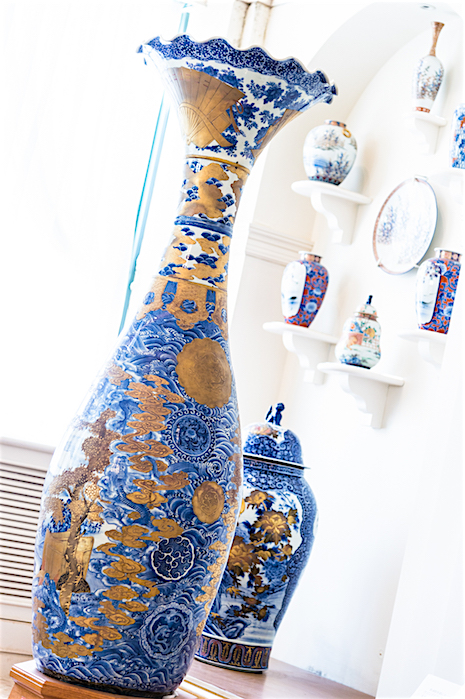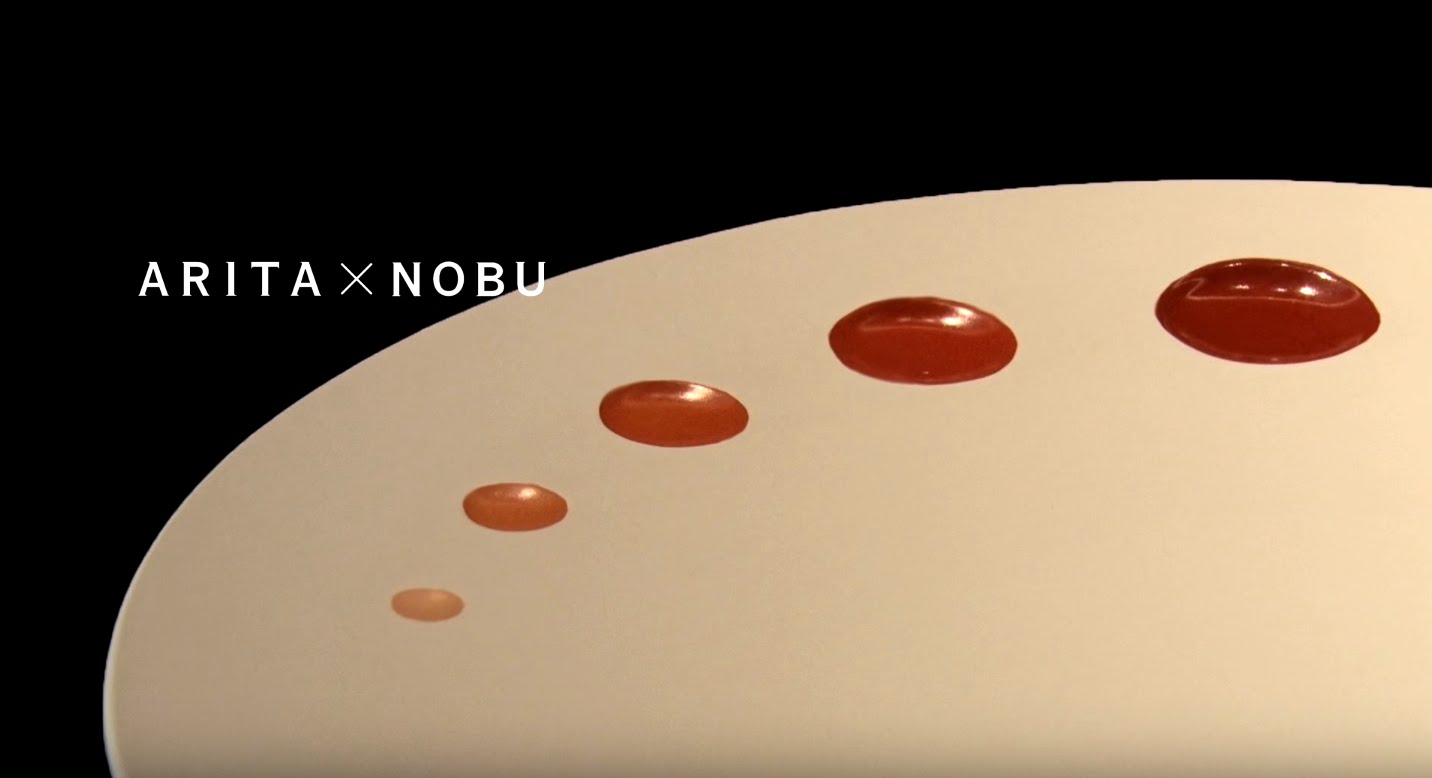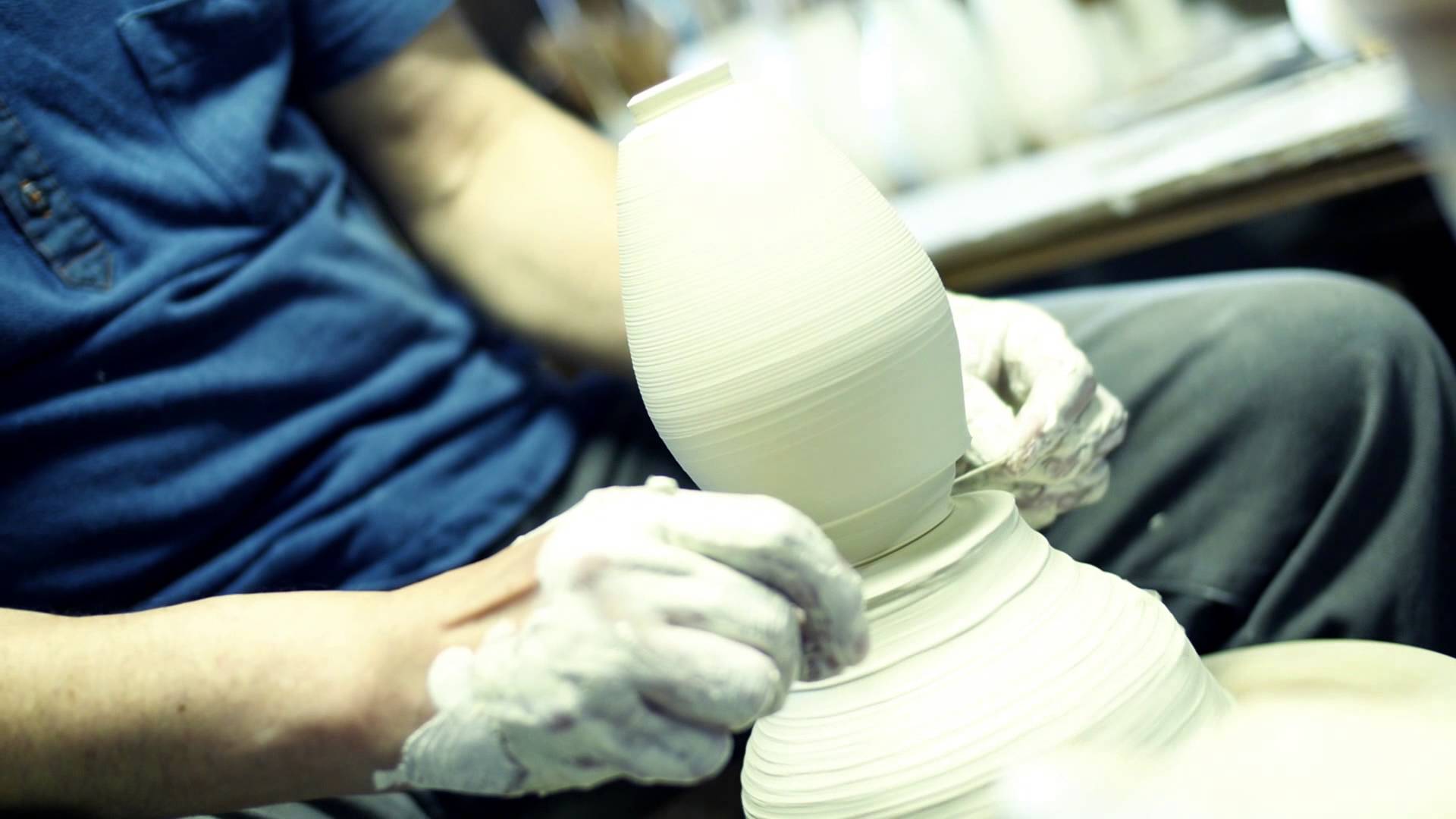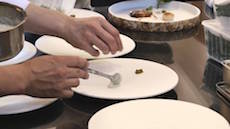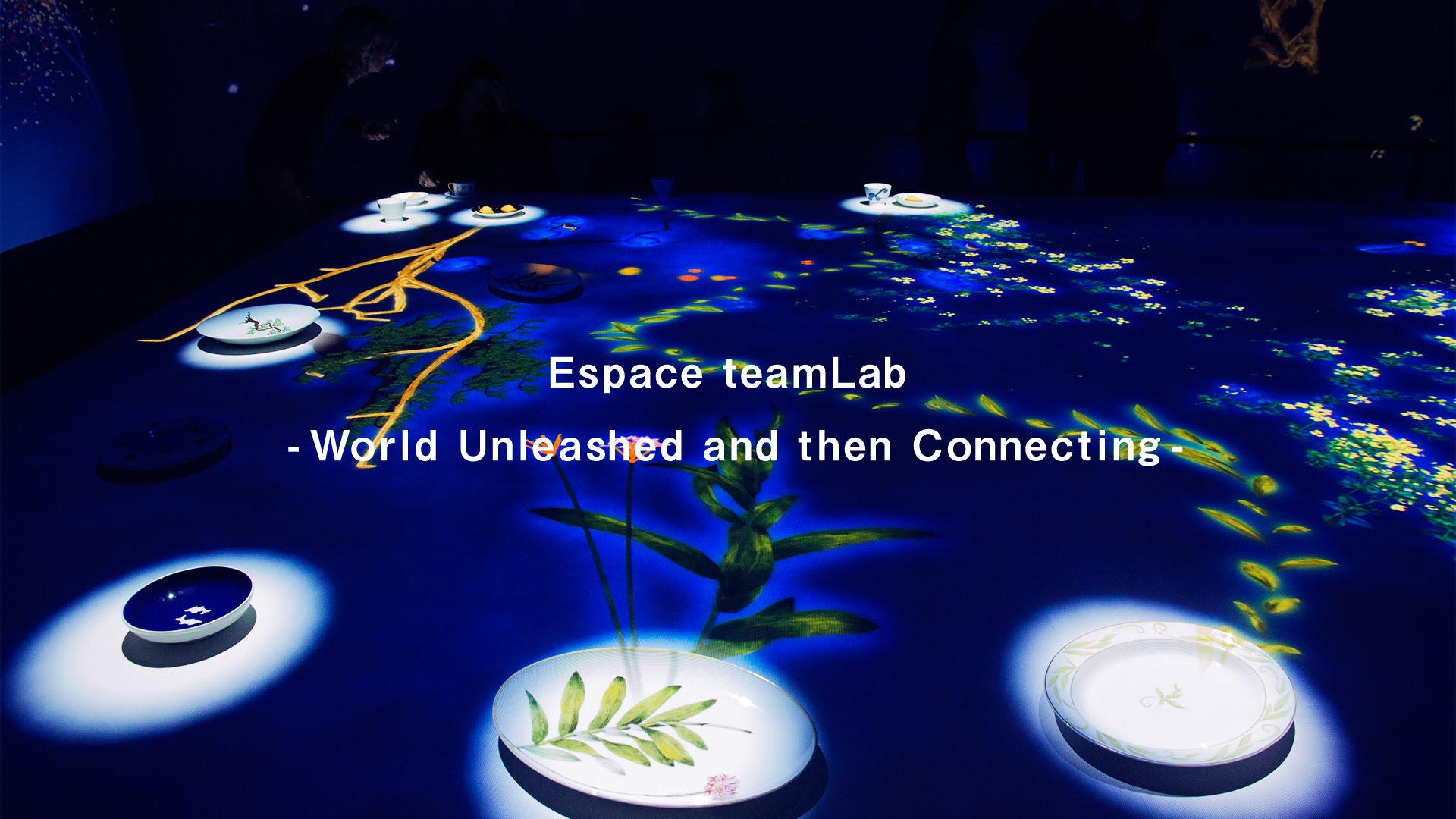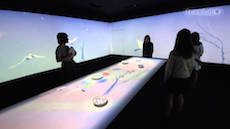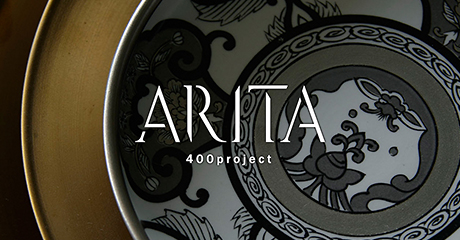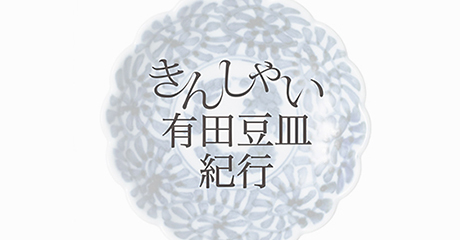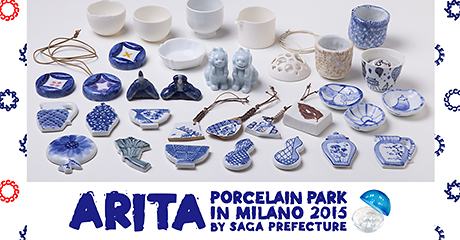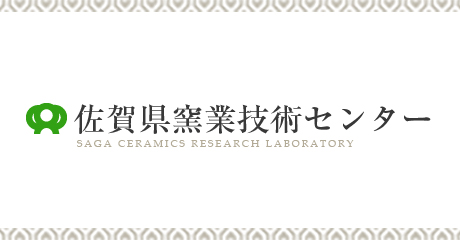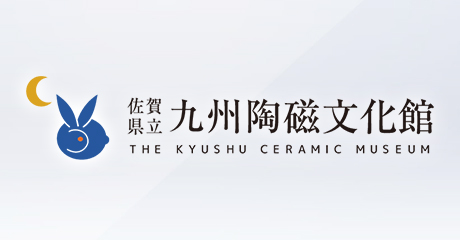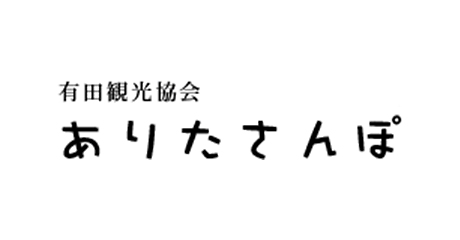1867: Closing days of the Tokugawa shogunate and great success in the Paris World Exposition, the fruit of decades of trade with the Netherlands
“In the last days of the Tokugawa shogunate, no domain was more modern than the Saga domain. Its military system and weapons had both been modernized and almost on par with any European middle ranking country, and in terms of its industrial capability, it is certain the domain was the most outstanding province in Asia.”
These opening sentences taken from Ryotaro Shiba’s short novel “The Armstrong Gun” set just before the Meiji Restoration give us a clear picture of the Saga domain under the 10th lord Nabeshima Naomasa, renowned for his clear-sight and modernization policies. The domain had badly suffered from the Great Bunsei Era Fire (1829), but history records that Naomasa shrewdly restored the domain’s impoverished finances. Exhausted from a regime of overindulgence, Saga castle town was in a sorry state, and Naomasa admonished those responsible and issued ordinances to encourage frugality. He led by example, eating ichiju issai (rice with soup and one other dish) for breakfast and usually wearing old-worn cotton kimono.*1
This new austere regime even reached down into the kamayaki (potteries) in Arita-Sarayama and among the merchants in Imari. Since Arita porcelain was distributed all over Japan by regional merchants, the Sarayama economy was often affected by business activity in other provinces. Both kamayaki owners and their potters lived an opulent life competing to outspend each other during prosperous times, and plunging into destitution during business slumps; they were slaves to a repetitive boom and bust cycle. In Sarayama, a culture had arisen where in times of plenty and good profits, the accumulation of wealth was looked down upon, and the concept of saving to provide a stable life in 10 or 20 years time was not seriously considered.
In times of poverty and little business, potters would migrate and those remaining would cut back on quality and produce inferior products, giving Arita porcelain a bad name. To improve quality, it is indispensable to purchase good raw materials, maintain and manage tools and facilities, and reinvest in the training of potters, etc. To protect the domain’s important industry, those involved in the ceramic industry were all required to strive to be frugal, diligent and save their wealth.
At the same time, development of a sound footing to manage the ceramic industry in Arita-Sarayama was also an important issue for the modernization of the Saga domain. In 1848, Naomasa established the Domestic Production Office to seamlessly combine his plans for the defensive reinforcement of Nagasaki, and the increase of revenue by trading with the Netherlands. Arita porcelain was the key export commodity, and the manufacture of products attractive to the European market and the improvement of quality to establish the Arita name were two of the most essential tasks for the new Domestic Production Office.
In those days, as Japan still officially closed the door to foreigners, trade with the Netherlands was carried out only by the two domain-sanctioned agents, Hisatomi Yojibei and Tashiro Monzaemon. Because of the catastrophic drop in production caused by the Great Bunsei Era Fire, Tashiro purchased not only Arita porcelain but also Mikawachi porcelain ware from the adjacent Hirado domain, and exported them both.*2 Trade across domain borders was banned in those days and Tashiro was publicly reprimanded; however, from the viewpoint of the priority issue of raising revenue to modernize weapons, he significantly contributed to the domain’s finances. In addition, through a process of trial and error merchants were learning the preferences of Europeans, which was to lead on to business opportunities after the 2nd Paris World Exposition of 1867.

Naomasa was sometimes satirized as “an abacus daimyo” or “a daimyo obsessed with all things Western,”*3 but when taken in the context of his acute awareness of Japan’s feeble position in the world and his responsibility to protect Nagasaki, and by extension, his duty to defend his country, it becomes clear that such petty remarks were just the product of narrow-mindedness and jealousy.
In the background of Naomasa’s enthusiastic efforts to build up the military and modernize his weaponry, we find in 1808 during the time of his father Narinao, the embarrassing Phaeton Incident. The Edo shogunate had delegated the guarding of the port of Nagasaki to the Saga and Fukuoka domains who took turns in alternate years to garrison the fort, and unfortunately the British HMS Phaeton under a Dutch flag sneaked into the harbor during a Saga year; Narinao was held responsible and suspended from service. From the end of the 18th century, Russia was pressurizing the Edo shogunate to trade, and through the Netherlands other countries too were demanding the opening of Japan; in the midst of this increasing persistent outside pressure, influential retainers of the Saga domain instilled in Naomasa a strong sense of crisis, and their charge did not disappoint them with his passion to modernize the domain and meet the challenges of the era.
Naomasa repeatedly pushed the shogunate for the military buildup of Nagasaki, but his proposals were always rejected on financial grounds and he was left to his own devices to raise revenue and implement his own modernization program incorporating Western scientific technology. If Naomasa had been a mediocre character, or if the Saga domain had not developed an export production center focused on Arita porcelain, it is unlikely the modernization of Japan would have been so rapid, and there is always the possibility that in much the same way as neighboring China under the Qing dynasty, Japan might have been colonized by the Western great powers. Naomasa visited Nagasaki many times, boarding Dutch ships and informing himself of world affairs; there is no doubt that he very much felt a sense of impending crisis concerning the military power differential between the West and Japan and the colonization of other Asian countries.
While Naomasa devoted all his energies to financial reconstruction and modernization, the Edo shogunate, after the arrival of Commodore Perry in 1852, concluded the Japan-US Amity Treaty with the United States in 1854, effectively ending more than 200 years of self-imposed national seclusion first enforced in 1639; in the next few years Japan also opened diplomatic relations and trade with Britain, France, the Netherlands, and Russia.
At the same time, the shogunate and domain system was rapidly weakening, and the movement for the Meiji Restoration was gathering increasing momentum. In the midst of these turbulent times an invitation to the 2nd Paris World Exposition (held in 1867) was received from Napoleon III of France, through Léon Roches, Consul General to Japan. A succession of domestic events such as the Ansei Purge of officials against trade agreements with the West, the Assassination of Ii Naosuke, instigator of the purge, the Namamugi Incident involving the death of one British national and the following punitive Kagoshima Bombardment, all made steering domestic politics whilst under foreign pressure extremely difficult, and when in 1865 the shogunate received their invitation from the French Consul General Roches, they did not give an immediate reply. In April 1866, however, the shogunate called on daimyos and wealthy merchants to take part in the exposition, and Tokugawa Akitake (then aged 14), a younger brother of the 15th Shogun Tokugawa Yoshinobu, was dispatched as a representative of the Shogun to the Paris World Exposition.
It is recorded that the Hizen (Saga) and Sasshu (Satsuma) provinces and Mizuhoya Usaburo, a businessman in Edo responded to this call.*4,5 However, as early as 1865, the Satsuma domain had already sent 15 students to Europe mainly from the domain’s Kaiseijo (School of European Studies), and Niiro Hisanobu, Godai Saisuke (Tomoatsu) and other senior statesmen were promoting the purchase of spinning machinery and weapons. Moreover, the Satsuma domain had made a trade agreement stipulating a Belgian aristocrat Count Montblanc as their agent, and without waiting for orders from the shogunate, was preparing an independent showing in the Paris World Exposition as Satsuma Ryukyu Province.*6,7
In other words, the real course of events had the shogunate playing catch up with the Satsuma initiatives. The Saga domain meanwhile dispatched Sano Tsunetami, the superintendent responsible for construction of steamships and technical training at the Mietsu Naval Docks, to Paris, where he was joined by Ishimaru Yasuyo and Mawatari Hachiro, who had already sailed to Britain to learn advanced technologies through their connection with Thomas Glover, a Scottish merchant in Nagasaki; the pair acted as interpreters and helped to sell Arita porcelain and other products.
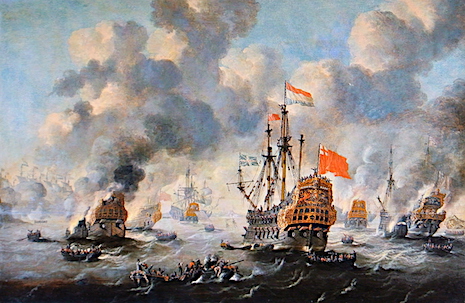
For the Saga domain, having traded since the1840s with the Netherlands through the Saga Trading Company in Nagasaki and being well versed in European tastes, the world exposition was a golden opportunity. It is absolutely certain that Nabeshima Naomasa with his extensive knowledge of overseas affairs was keen to participate in the exposition, but unlike the Satsuma domain, he did not openly challenge the policies of the shogunate.
The Paris World Exposition of 1867 was an important stage for Japan to make her debut into the international community, and participation by the shogunate fulfilled the strong need to clearly show the world that it was the real ruler of Japan. However, since the Satsuma Ryukyu Province had a head start through their Belgian agent Montblanc, and their creation of a unique medal to present to Napoleon III, a French newspaper mistakenly reported that the Shogun was just one of several powerful daimyos, and the Edo shogunate was merely a strong presence among the domains.*8
This press coverage was good news for Iwashita Michihira, the Satsuma domain’s representative, and confirmed he had achieved his goal; before returning to Japan he told Sano Tsunetami: “You should work hard for the movement to restore the emperor, and you and your colleagues should support us.” Upon receiving this report from Sano Tsunetami, Nabeshima Naomasa was very pleased.*9 With the shogunate’s weakening power, some of the Shogun’s retainers wanted to rely on France to bolster the regime, but Naomasa for some time had been advising such a weak policy would end in crisis for the nation. Therefore, he would have felt relieved by the Satsuma’s resolutely challenging approach to increase the nation’s strength by its own efforts through trade with European countries.
In such a turbulent age, Japan made a spectacular debut into the international community at the Paris World Exposition. In the background of Arita porcelain brilliantly adorning the Japan section, the quiet figure of Naomasa comes in and out of focus, advising the Shogun’s retainers, or mediating between the Satsuma domain and the shogunate, and constantly striving to overcome troubles both at home and abroad.
Shibusawa Tokudayu (Eiichi), a leading Japanese businessman, joined this exposition delegation as a member of Tokugawa Akitake’s entourage, and kept a detailed journal recording stopovers on Yangtze River ports, Shanghai, Hong Kong, Saigon, and other places on route, and visits to the Paris World Exposition, in addition to notes on European politics, finance, art, craft, military affairs, and manners and customs.
In his journal, he mentions Japanese craft products including ceramics and lacquerware as being incredibly popular, describing them as “playthings entrancing the European dilettanti.”*10 He also notes the tea ceremony room with Japanese women entertaining guests with tea was particularly appreciated. The word “entrancing” may be thought to be an exaggeration, but behind the obvious fascination of the Europeans lies the hard work and dedication of the Saga domain, its merchants, and the Arita porcelain industry that for a quarter century from the 1840s had been refining its products for export to Europe, none of this would have been possible without the efforts of Nabeshima Naomasa, Sano Tsunetami, and other farsighted administrators.
And so some 200 years after the 17th century high watermark of exports, by taking advantage of the 2nd Paris World Exposition, Arita porcelain again fascinated people across the world. A number of factors contributed to this re-emergence: the domain lord Naomasa with his modern worldview and his successful steering through such turbulent times, his retainers trained in modern scientific methods, the merchants who boldly grabbed this business opportunity, and finally, but not least those master ceramists proudly working in the birthplace of Japanese porcelain. If any one factor was missing, surely the success in the 2nd Paris World Exposition would never have come to pass.
- *1 “Nabeshima Naomasa Official Biography” Vol. 2, edited by Reishiro Nakano, 1973, Nishi Nihon Bunka Kyokai
- *2 Hiroki Nakashima, “Examination of Hizen Porcelain History”1985, Seichosha
- *3 “Nabeshima Naomasa Official Biography” Vol. 3, edited by Reishiro Nakano, 1973, Nishi Nihon Bunka Kyokai
- *4 Eiichi Shibusawa, “Tokugawa Yoshinobu Official Biography” Vol. 4, 1968, Heibonsha
- *5 Ministry of Foreign Affairs, “Record of Tokugawa Akitake’s Tour of Europe” edited by Takematsu Otsuka, 1932, Nihon Shiseki Kyokai
- *6 Takashi Miyanaga, “The Belgian Count Montblanc and the Japanese” Shakai Shirin 47, 2000, Hosei University
-
*7 “History of the Satsuma Domain’s Navy” Vol. 2, edited by the Prince Shimazu Family editorial office, 1968, Hara Shobo
The Tokugawa Yoshinobu Official Biography describes the exhibition in the 2nd Paris World Exposition as under the direction of the shogunate; however, based on the historical sources of the above *5 and *6, and the exposition display of the Satsuma domain official kiln “The Chin Jukan Kiln,” there is a high possibility that the Satsuma domain was acting ahead of the shogunate in its preparations. - *8 Takeyuki Kuni, “International Exhibitions and Japan in the Meiji Period” 2010, Yoshikawa Kobunkan
- *9 “Nabeshima Naomasa Official Biography” Vol. 6, edited by Reishiro Nakano, 1973, Nishi Nihon Bunka Kyokai
-
*10 Eiichi Shibusawa, “Diary of the European Tour” part of the “Shibusawa Eiichi’s Diary of a Stay in France” edited by Nihon Shiseki Kyokai, 1928, University of Tokyo Press
The 2nd Paris World Exposition of 1867 was attended by emperors, kings, and representatives from Prussia, Bavaria, Russia, Turkey, Egypt, and many other countries. From Japan, Tokugawa Akitake, the Senior Assistant Minister of Civil Affairs, attended as a representative of the Tokugawa shogunate, and he subsequently made a tour of the treaty powers. Shibusawa followed this delegation as an inspector of military magistrates, and left “Diary of the European Tour)” (first edition: 1871) as a record of the stay in France, and “Diary of the Stay in Paris)” and “Journal of the European Tour)” (including the diary of the cruise to Britain) as an official record of observations on social conditions such as European manners and customs, politics and finance, the arts and crafts, and all kinds of military affairs. “Shibusawa Eiichi’s Diary of a Stay in France” is an important resource to shed light on this era, and has been reprinted several times by University of Tokyo Press; in this article the edition published in 1928 was used as reference.
